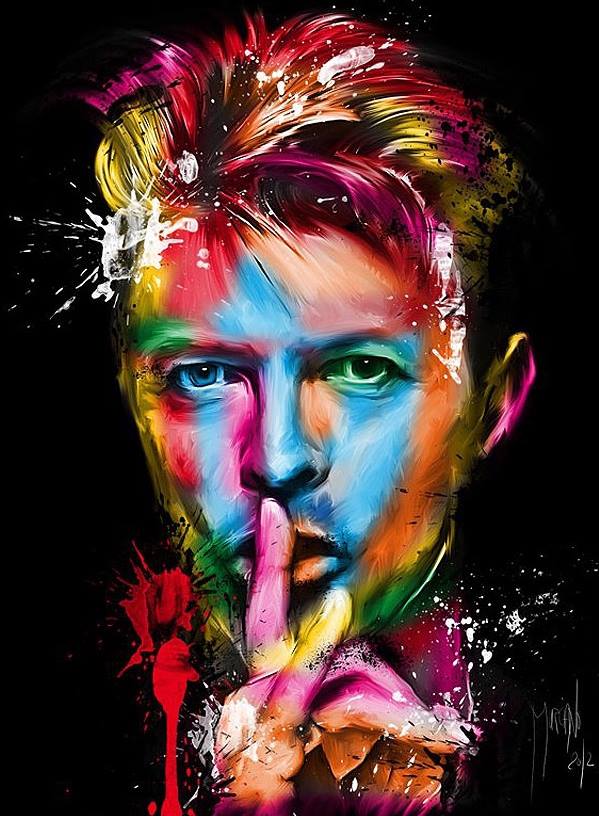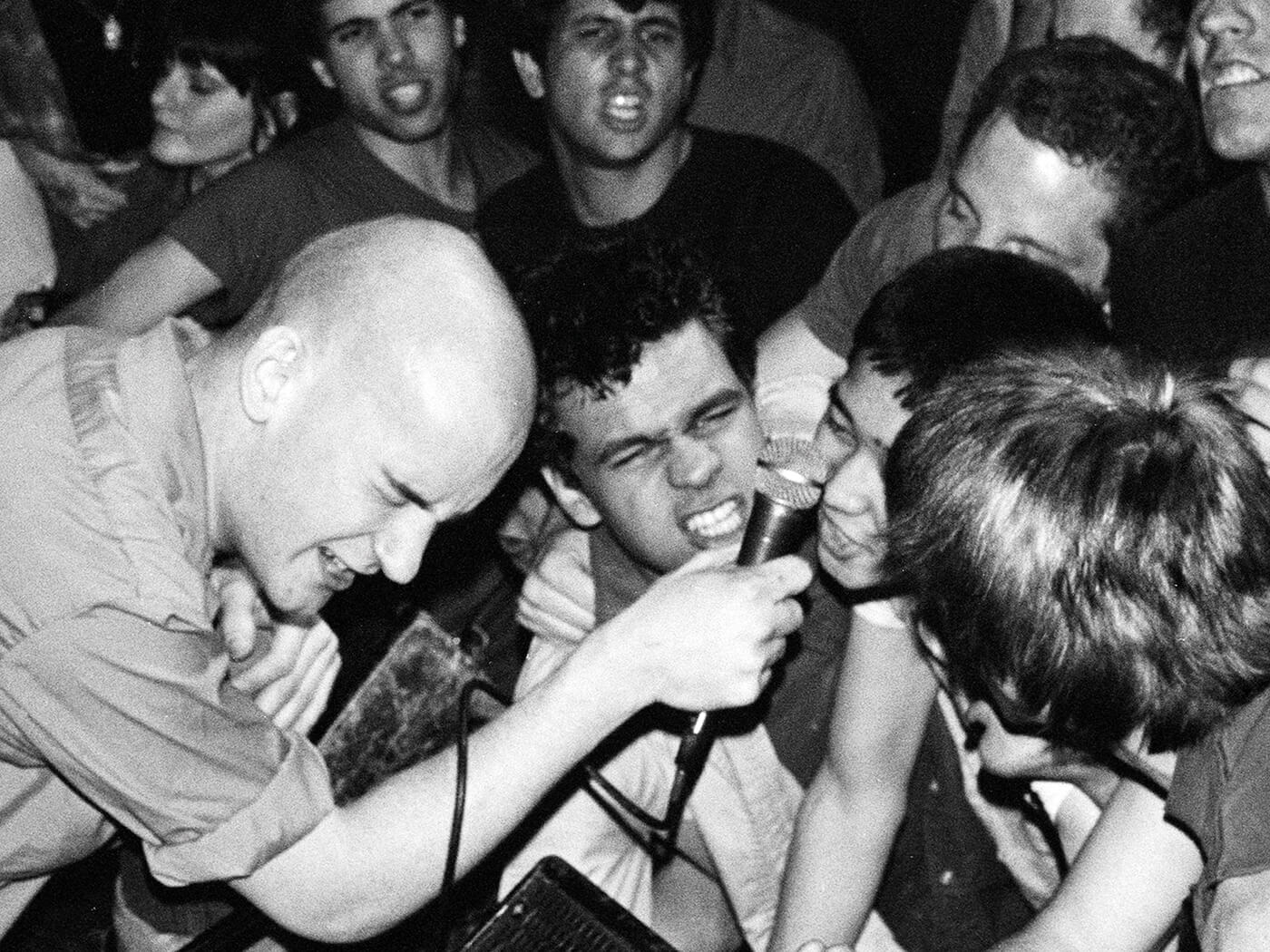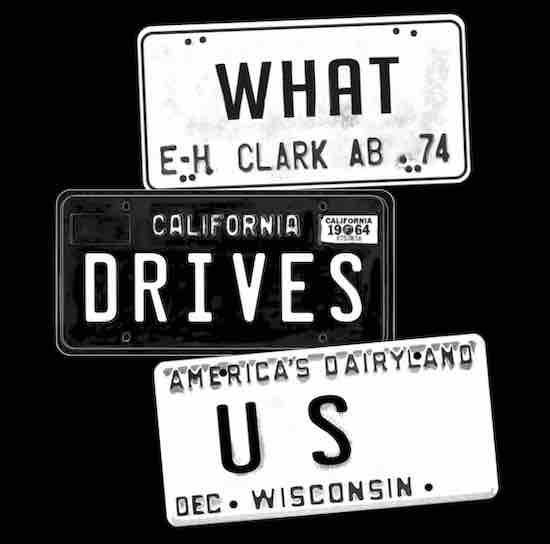Filmmaker Brett Morgen’s new David Bowie documentary, Moonage Daydream, calls his film an “immersive cinematic experience” created from thousands of…
Category: Music Documentaries
D.C. Punk Scene Documentary: ‘Punk the Capital’
By Jim Wirth As they bickered throughout the final days of Minor Threat, drummer Jeff Nelson told singer Ian MacKaye…
Dave Grohl explores van touring in ‘What Drives Us’
Foo Fighters’ frontman Dave Grohl recently dropped the official trailer for his upcoming new documentary, ‘What Drives Us.’ Grohl’s new…


